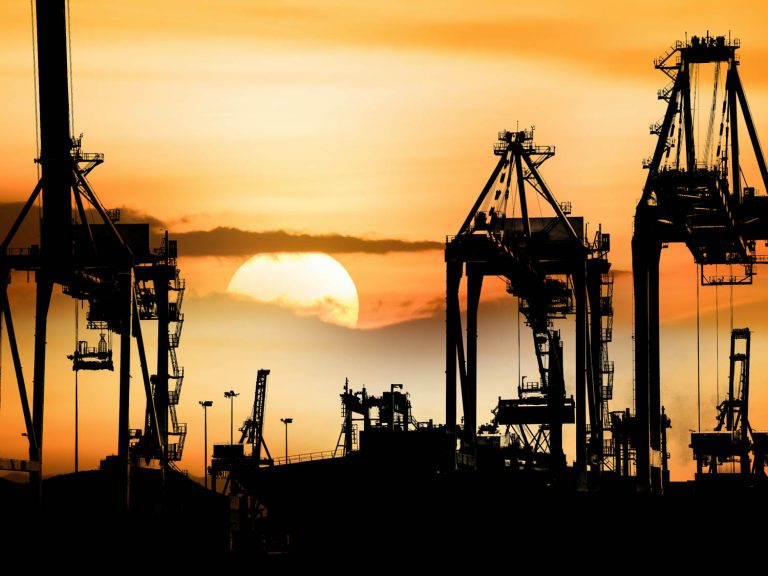
Date:
Low speed containerships are propping up rates
Last year the shipping analyst Drewry’s forecast that the container shipping lines earnings would be down 64% for 2023, but added that there were strategic choices available to the carriers, to protect their revenues, with slow steaming a proven method of removing capacity, to protect rates and comply with environmental regulations.
In the first quarter of 2023, the global container fleet accordingly moved at all-time slow speeds, with analysts suggesting that vessels could go slower still which, despite massive falls, will help carriers keep rates higher than pre-pandemic levels.
During the covid pandemic the container shipping lines increased average sailing speed by 4% to meet strong demand and create spare time, because of widespread port congestion.
In the first quarter of 2023 the average sailing speed has come back down 4% year-on-year and could drop a further by 10% before 2025, to absorb capacity that would otherwise be surplus.
Across the global container fleet average speeds went down by about one knot, in the last two years, which does not sound like much, but Alphaliner data shows that is about 6% slower overall, which means you need proportionately more tonnage to carry the same cargo volume.
For the past couple of decades carriers have adopted slow-steaming whenever there is structural overcapacity or high fuel prices – or both – as is the current situation.
At the same time the shipping lines have ordered record amounts of new vessels and additional capacity is now being delivered into a market with minimal demand growth, new environmental regulations, carbon taxes and rising fuel prices.
Maersk and MSC announced last month they would be adding nine new vessels into the Asia-Europe trade, but that these services would be moving up to three days slower than before, thus absorbing all the new capacity.
As part of plans to conduct field tests of an onboard carbon capture system (OCCS) for container ships in 2024, South Korea’s HMM will replace the propellers on six of its containerships with more efficient ones specially designed for slow steaming, with HMM also expecting to increase energy efficiency by 8-9%.
The transition to new fuels such as LNG, methanol and ammonia also favours slow speeds, since these fuels will be much more expensive than current ones, which makes sense to deploy extra ships and save fuel.
Despite a 70-80% fall in freight rates over the last two years, and a worsening of the supply/demand balance, it is quite clear that the container shipping lines have been successful in matching capacity to cargo demand, in keeping rates higher than pre-pandemic levels.
Slow-steaming and evolutions in shipping alliances change competitive dynamics on all the major trade-lanes, which is why we stay close to our carrier partners and contacts, to keep track of changes and identify opportunities for our customers.
If you have any questions or concerns about the developments outlined in this eBulletin, please EMAIL our Chief Commercial Officer, Andy Smith, for the latest insights and intelligence.
